As in any store, the staff who work at what used to be called head office wear orange badges to show who they are. The whole aim is to show that what really matters are the stores and the product.
Chief executive Justin King and chairman Philip Hampton took to the podium accompanied by youthful new finance director Darren Shapland, making his Sainsbury's results debut. He immediately showed a grasp of the numbers by pointing out that all three were dressed from head to toe in£69.50 outfits from Sainsbury's Tu fashion range. However, King's garish shirt and tie combination prompted a few mutterings that this looked a little on the steep side.
Aside from the fashion, it was an assured performance. The core business looks in pretty good shape, with like-for-like sales up 2.1 per cent and a£1 million profits increase to£118 million.
The recovery looks steady rather than spectacular, but King pointed out a series of projects under way to revive the supply chain and increase business efficiency.
Most of the questioning revolved around Sainsbury's Bank, which proved a big drag on the profits, although the board insists it remains a core business. Non-food also attracted a lot of attention. King seems happy with a slow and steady growth as opposed to Tesco and Asda's headlong rush.
All in all it was a solid performance from this slickest of management teams. However, they will know that only by overtaking Asda and regaining second place in the supermarket rankings will the recovery have been achieved.


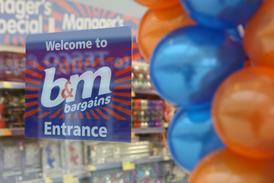
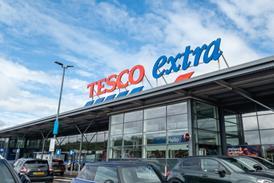
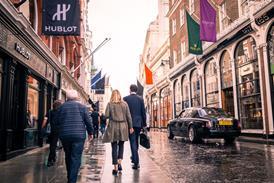

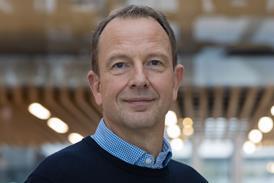




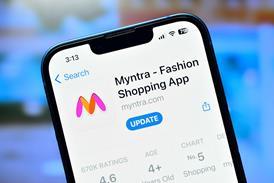







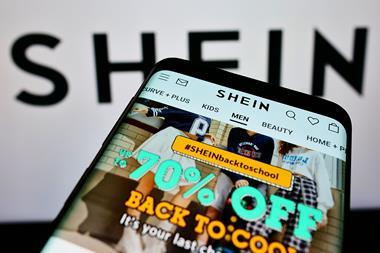
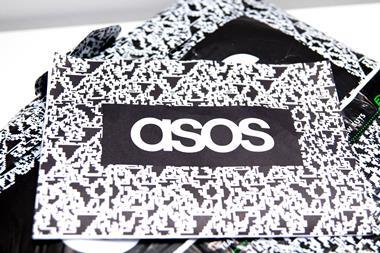
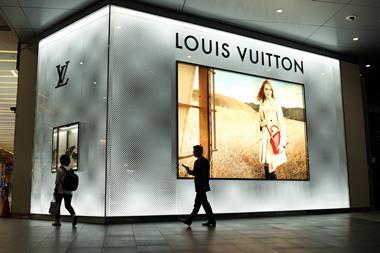
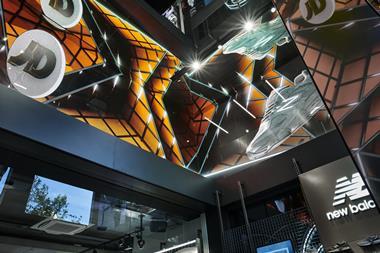
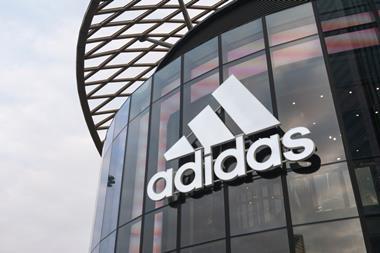
No comments yet